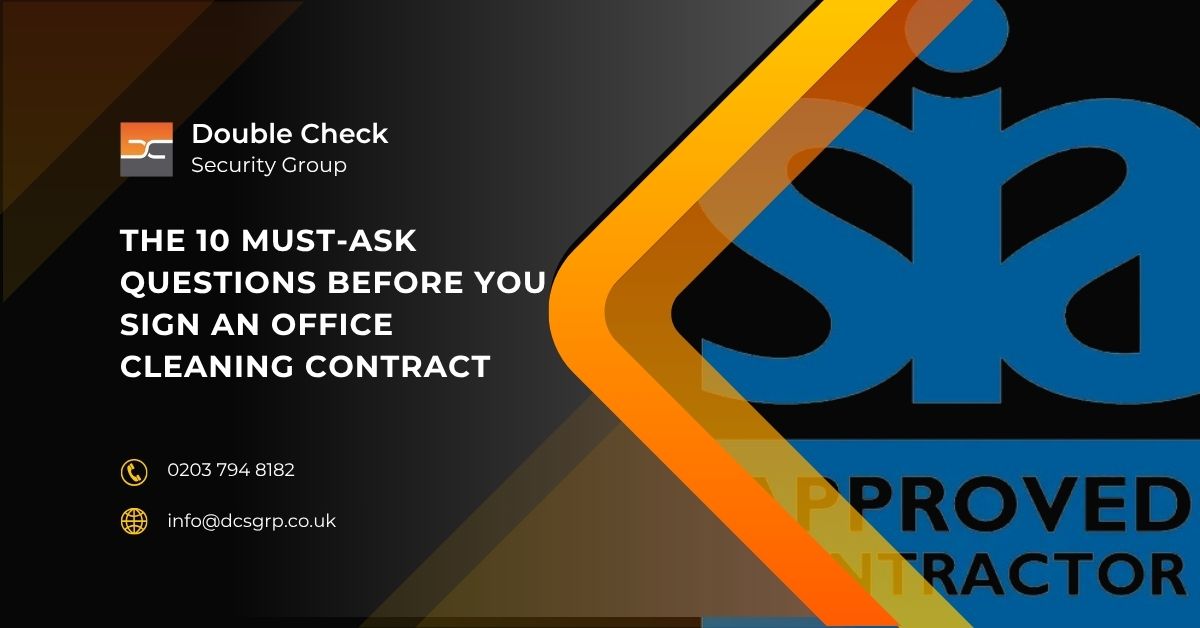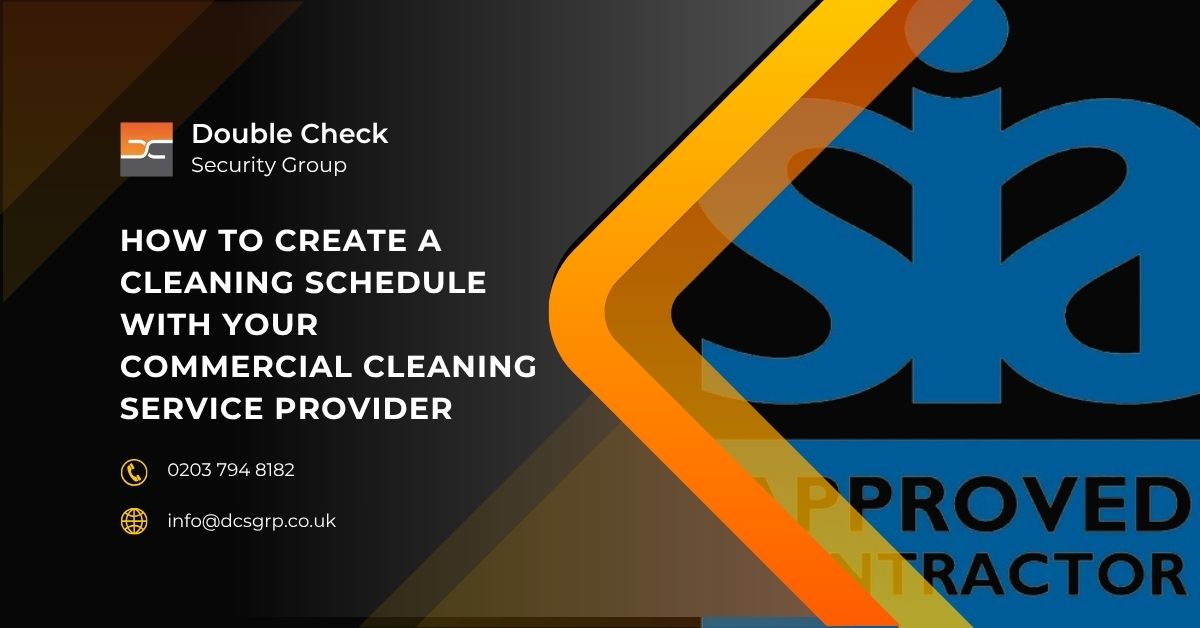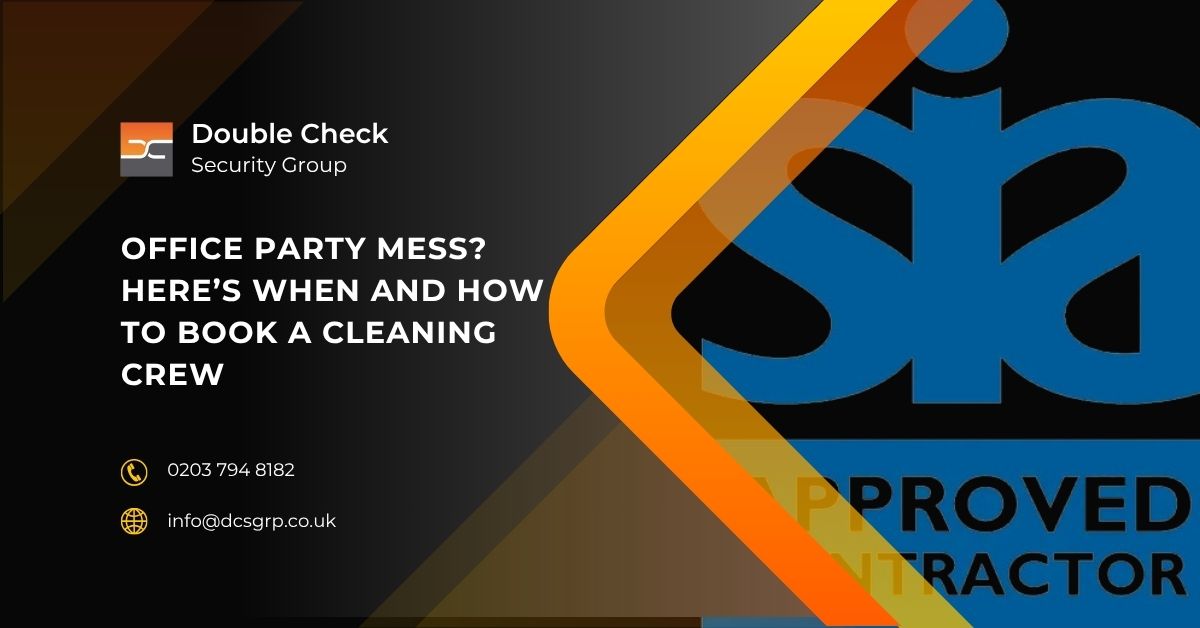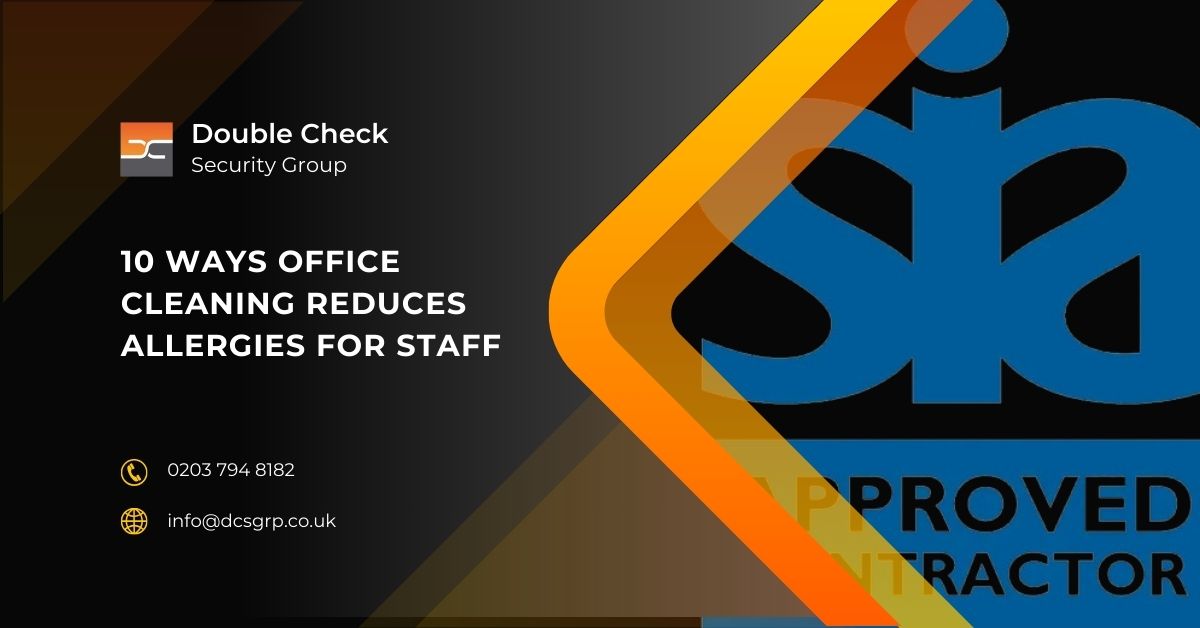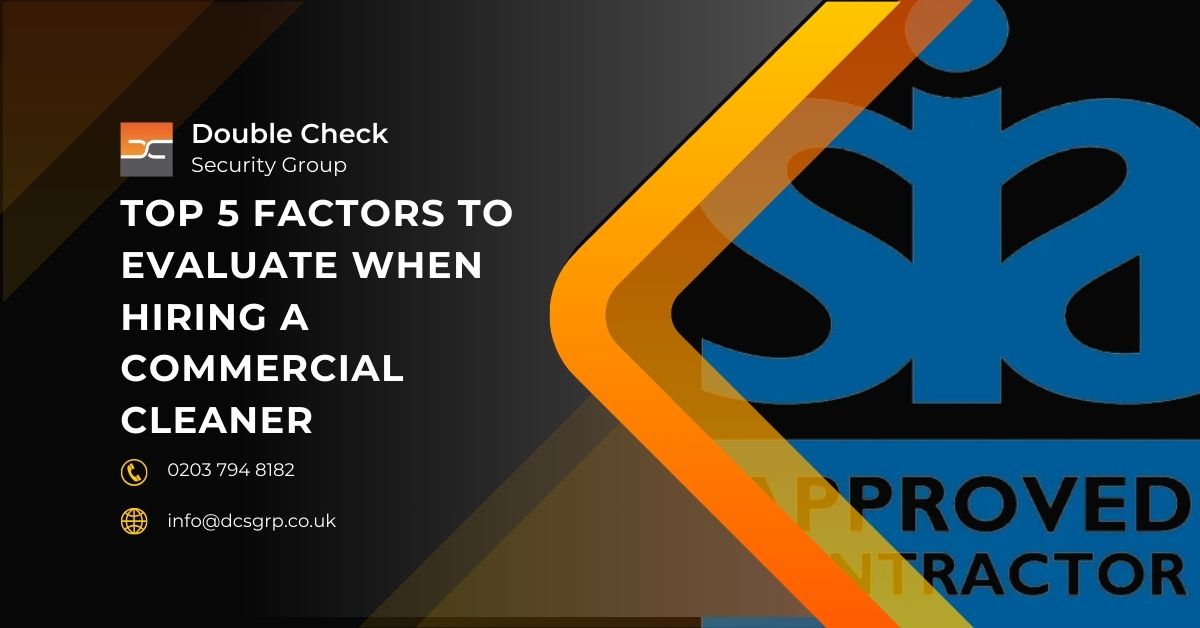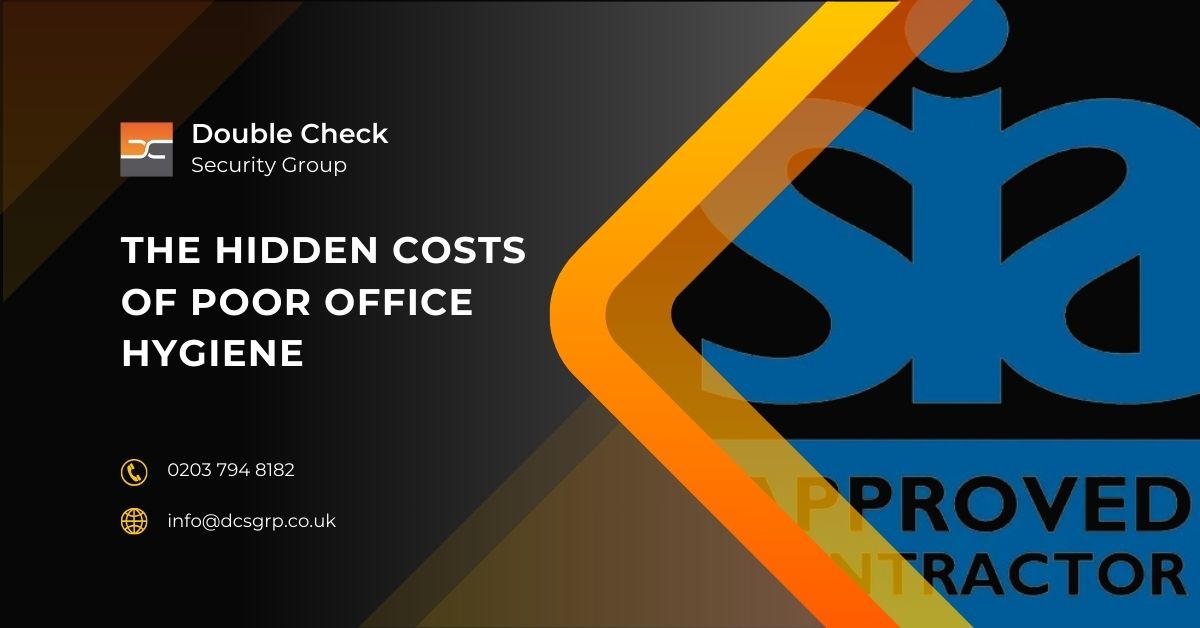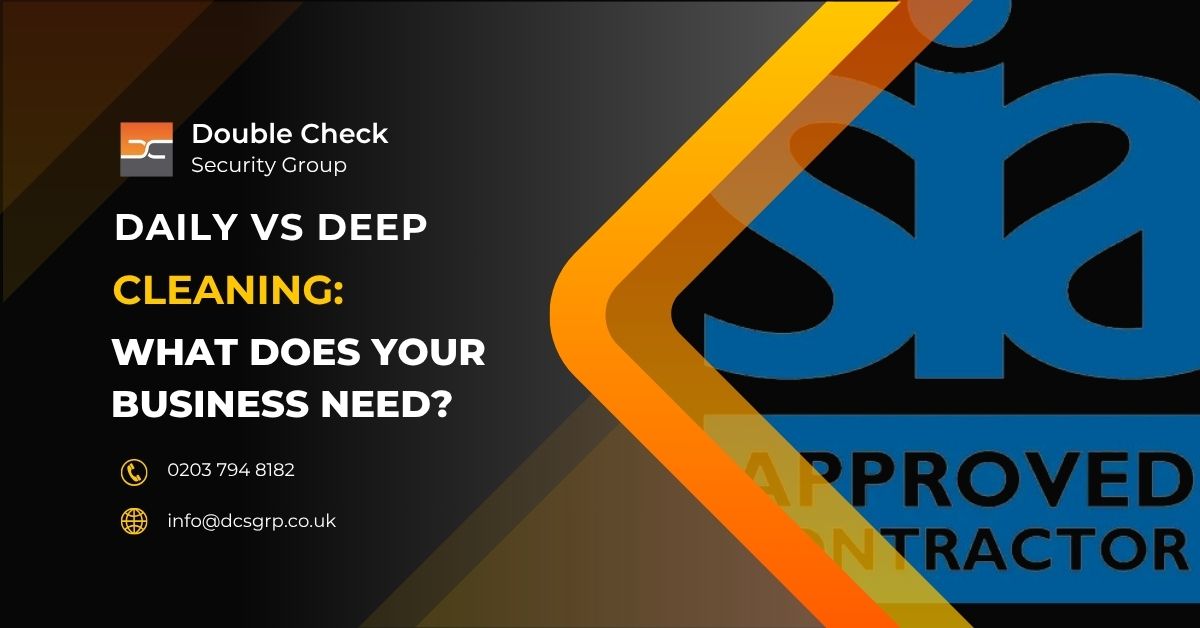What Are the Most Common Commercial Cleaning Mistakes and How Do They Impact UK Businesses?
Commercial cleaning mistakes are more than just operational oversights. They can erode your company’s reputation, reduce employee productivity, create health and safety liabilities, and ultimately lead to financial loss. Businesses across the UK must prioritise hygiene, regulatory compliance, and workplace safety. Failing to address even the smallest cleaning error can compromise air quality, encourage the spread of germs and allergens, and expose your company to costly consequences. From janitorial mistakes to inconsistent cleaning schedules, the ripple effect of inadequate cleaning impacts customer perception, employee wellbeing, and your bottom line.
Mistake #1: Using the Wrong Cleaning Products
The Hidden Dangers of Chemical Mismatch
One of the most overlooked commercial cleaning failures is using incorrect or incompatible cleaning solutions. Applying the wrong disinfectant on sensitive surfaces can lead to residue build up, irreversible surface damage, or health risks from exposure to toxic compounds such as volatile organic compounds.
Using non EPA registered products, failing to check Material Safety Data Sheets, or ignoring chemical compatibility with specific materials like stainless steel or upholstery can result in eco toxicity and safety violations. Products with incorrect pH levels or harsh solvents can deteriorate coatings, release allergens, and compromise indoor air quality.
Facilities management teams must make sure all disinfectants and cleaners are suitable for their intended use and compliant with COSHH regulations. Environmental safety matters too. Choosing biodegradable and low VOC cleaning solutions supports both staff health and sustainability.
Speak to a Cleaning Consultant
Mistake #2: Skipping High Touch Areas
Overlooked Touchpoints That Increase Germ Transmission
High touch surfaces in offices and commercial spaces are hotspots for microbial transmission. Items like light switches, lift buttons, keyboards, door handles, and shared phones are frequently handled but often missed in standard cleaning routines. These touchpoints collect bacteria, viruses, and other microbes that can lead to illness and absenteeism.
If these areas are not disinfected routinely, transmission vectors such as fomites and fingerprints build up and increase the risk of cross contamination. Cleaning checklists and proper sanitiser use should be in place to ensure high touch surfaces are disinfected regularly and effectively. This not only improves hygiene but helps limit outbreaks and keeps your cleaning standards visible to staff and visitors.
Mistake #3: Infrequent Deep Cleaning
Why Surface Wiping Is Not Enough
Surface wiping is fine for day to day cleaning but it does not address built up grime, biofilm, or allergens. Carpets, ventilation systems, skirting boards, and behind kitchen equipment are often missed, and these areas accumulate dust and debris over time.
This kind of build up affects air quality and can harbour allergens and mould spores. That leads to workplace discomfort and more sick days. For facilities that want to meet compliance and maintain a healthy environment, deep cleaning should be part of the regular schedule.
Quarterly carpet extractions, duct inspections, and detailed washroom scrubbing all help reduce risks. These activities improve hygiene and make everyday cleaning more manageable.
Mistake #4: Poorly Trained Staff
How Does Staff Training Affect Cleaning Quality?
Assuming cleaning is simple can be a costly mistake. Staff who lack proper training may misuse equipment, apply chemicals incorrectly, or overlook safety procedures. This creates inconsistent results and increases the chance of injury or property damage.
Training should cover correct product use, safe handling procedures, personal protective equipment, and compliance requirements. Without this knowledge, even well meaning staff can cause problems like chemical reactions or cross contamination. Visitors and employees notice poor cleaning standards, and that reflects badly on your brand.
Clear standard operating procedures, refresher sessions, and practical onboarding help improve quality. Experienced and knowledgeable cleaners produce more consistent outcomes and help your business stay compliant. If you work with external contractors, insist on documented training practices and evidence of regular audits.
Mistake #5: Ignoring Restroom Detailing
Toilets May Look Clean, But Are They Really?
A visually clean toilet can still harbour bacteria, odours, and stains. Restrooms are judged heavily by customers and staff, and poor maintenance in these areas leaves a lasting negative impression. Urinal smells, drain odours, splash marks, and poorly cleaned tiles all point to missed cleaning details.
Drains should be flushed, biofilms removed, and grout lines scrubbed to avoid build up and lingering smells. Air fresheners can mask odours temporarily but only proper sanitisation solves the problem. If floors and fixtures are not detailed regularly, bacteria builds up quickly.
Focusing on splash zones, toilet bases, grout, and tile edges helps maintain both appearance and sanitation. A clean and fresh restroom speaks volumes about your wider cleaning standards and respect for staff and visitors.
Book Your Commercial Cleaning Audit
Not sure if your current cleaning meets standards? Let us inspect and help you fix it.
Mistake #6: No Cleaning Checklist or System
What Happens When There Is No Cleaning Schedule in Place?
Without a structured system, cleaning becomes inconsistent. Some areas get too much attention while others are missed altogether. Over time, this leads to gaps in cleanliness and no one is sure who is responsible for what.
A daily cleaning log, task checklist, and clear roles are basic tools that ensure accountability. Standard operating procedures help staff know what to clean, how often, and what products to use. This avoids randomness and makes sure all important areas are covered.
Using a central log or app to track tasks helps teams stay on top of daily and periodic cleaning. Managers can review performance and quickly spot any issues. This structure not only keeps cleaning standards high but also helps when working with contractors.
Mistake #7: Overuse of Fragranced Products to Mask Odours
Are Scented Products a Substitute for Proper Cleaning?
Using heavily scented cleaning sprays and air fresheners might give the illusion of cleanliness, but they do not address the source of odours. In fact, many of these products contain volatile organic compounds that can irritate allergies or asthma.
If underlying issues like dirty bins, unwashed drains, or neglected surfaces are not addressed, the smell returns. Covering it with synthetic fragrance not only fails to fix the issue but may also lead to complaints from sensitive individuals.
Focus on neutralising odours through proper sanitation and ventilation. Use fragrance free or low allergen products where possible, and make sure all hidden areas are regularly cleaned. This leads to healthier air and more comfort for everyone who uses the space.
Mistake #8: Inconsistent Cleaning Schedule
Why Does Inconsistent Cleaning Damage Business Standards?
If cleaning is missed or delayed, dirt and bacteria accumulate quickly. Office cleanliness can drop from acceptable to unpleasant in a matter of days. Staff and visitors notice sticky floors, smudged windows, and dust on desks. This affects morale and can damage your reputation.
Inconsistent service often results from unclear contracts or poor vendor management. Having a fixed cleaning timetable, outlined responsibilities, and scheduled audits helps avoid service gaps. Whether your team is in house or outsourced, regular communication and performance reviews keep standards up.
A reliable schedule helps control the spread of illness, reduces absenteeism, and keeps your workspace professional. Setting realistic intervals based on traffic levels and usage ensures cleaning never falls behind.
Fixing These Mistakes Helps Protect Your Workplace
When you address these common commercial cleaning mistakes, you protect your business from unnecessary risks. A clean workplace helps reduce liability, supports staff health, improves indoor air quality, and keeps your business looking professional. Whether it’s making sure checklists are followed or working with a better contractor, small changes lead to better outcomes.




